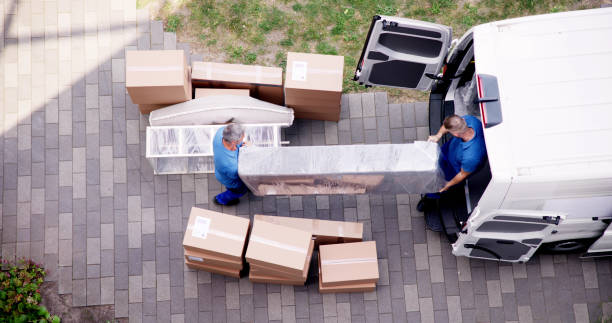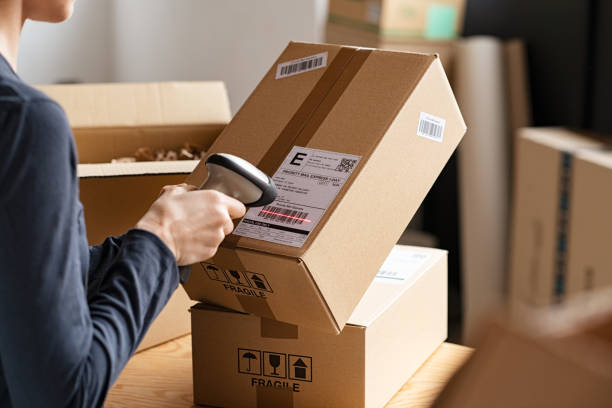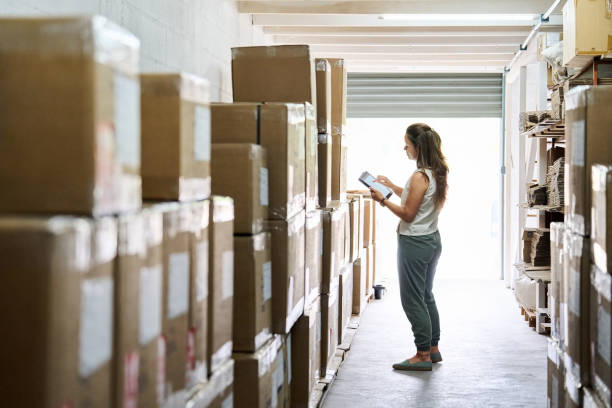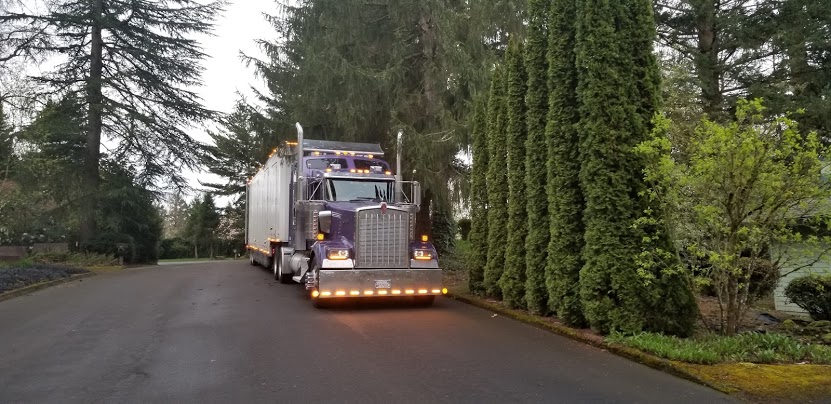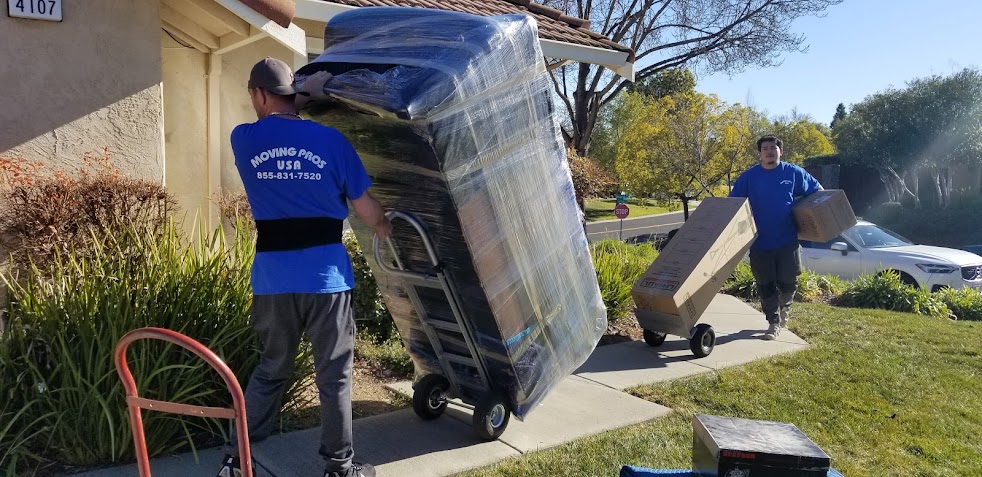One of the biggest concerns for many homeowners when moving is ensuring fragile or valuable items arrive safely at their new location. These belongings—whether heirlooms, fine china, artwork, or electronics—require extra care and attention during packing and transport.
Professional packing services have developed specialized techniques and use quality materials to protect fragile or valuable possessions from damage. Understanding how packers handle these items can give you peace of mind and help you prepare for a smooth move.
This article explores experts’ careful steps and strategies for keeping your most delicate belongings safe during the moving process.
Expert Assessment and Planning
Before packing begins, professionals assess your fragile and valuable items to determine the best packing approach.
- Item evaluation: Packers carefully inspect each fragile or valuable piece to identify specific vulnerabilities. This helps them decide on the right packing materials and methods needed for protection.
- Customized packing plan: Depending on the item’s size, shape, and value, packers develop a plan to wrap, cushion, and secure each piece. This tailored strategy reduces the risk of damage during handling and transit.
- Inventory documentation: Professionals often create detailed inventories of valuable items. This helps track belongings and can assist with insurance claims if needed.
Specialized Packing Materials
Using the right materials is crucial when handling delicate or high-value items.
- Bubble wrap and foam padding: These materials cushion items by absorbing shocks and preventing movement inside the boxes. Multiple layers may be applied for extra protection.
- Double-walled or reinforced boxes: Stronger boxes are durable and resist crushing or punctures during transport. Packers often use custom-sized boxes to fit specific items snugly.
- Packing paper and tissue: Soft, acid-free paper wraps delicate surfaces like glass or artwork. It prevents scratches and protects finishes without leaving residue.
- Custom crates: Packers may build custom wooden crates for extremely valuable or large items. These crates are designed to provide maximum protection during long-distance moves or shipping, especially when handled by experienced long-distance movers who understand how to transport delicate items safely.
Secure Wrapping and Cushioning Techniques
How an item is wrapped and cushioned can make all the difference in its safety.
- Layered wrapping: Fragile items are wrapped in multiple protective layers, starting with soft tissue paper against the surface, then bubble wrap, and finally secured with tape. This layering reduces the chance of breakage.
- Padding box interiors: Packers line boxes with padding such as foam peanuts or air pillows to absorb impacts. Items are centered inside the box to prevent contact with the sides.
- Separating items: When packing multiples of fragile items like glassware, packers place dividers between each piece to avoid them touching and breaking. This technique is common for dishes, bottles, and ornaments.
- Securing electronics: Packers remove batteries and wrap components separately for valuable electronics. They also use anti-static bags and cushioned inserts to protect delicate parts.
Labeling and Handling Instructions
Proper labeling ensures that movers treat fragile and valuable items with the care they deserve.
- Clear “Fragile” labels: Boxes containing delicate items are marked to alert movers. This encourages gentle handling and helps avoid stacking heavy items on top.
- Handling instructions: Packers often include specific instructions on the box, such as “This side up” or “Handle with care.” These reminders reduce mishandling during loading and unloading.
- Separate transport options: Sometimes, packers recommend transporting valuable or fragile items separately from other household goods. This might mean shipping them via specialty carriers or hand-carrying on the move day.
Insurance and Peace of Mind
Protecting valuable items also involves ensuring proper coverage and clear communication.
- Discussing insurance options: Professional packers or moving companies offer insurance plans covering fragile and valuable items. Customers can choose coverage levels based on the item’s worth. For more clarity on coverage types and what’s included, refer to a comprehensive moving insurance guide to make informed decisions.
- Documenting item condition: Packers may photograph valuable items before packing. This documentation provides proof of condition and can simplify claims if damage occurs.
- Clear communication: Packers keep customers informed about packing methods and handling procedures for valuable belongings. Understanding the process builds trust and reduces moving-day anxiety.
Handling fragile or valuable items during a move requires careful planning, expert materials, and meticulous techniques. Professional packers use thorough assessments, high-quality packing supplies, and clear labeling to protect your belongings at every step.
Insurance coverage and detailed documentation add extra security and peace of mind. You can feel confident that your treasured items will arrive safely at your new home by relying on trained experts to pack your delicate possessions.




![[GetPaidStock.com]-68351636eec18](https://movingproinc.com/wp-content/uploads/2025/05/GetPaidStock.com-68351636eec18.jpg)
![[GetPaidStock.com]-6835197683763](https://movingproinc.com/wp-content/uploads/2025/05/GetPaidStock.com-6835197683763.jpg)
![[GetPaidStock.com]-683516fd737f8](https://movingproinc.com/wp-content/uploads/2025/05/GetPaidStock.com-683516fd737f8.jpg)
![[GetPaidStock.com]-683518a152650](https://movingproinc.com/wp-content/uploads/2025/05/GetPaidStock.com-683518a152650.jpg)
